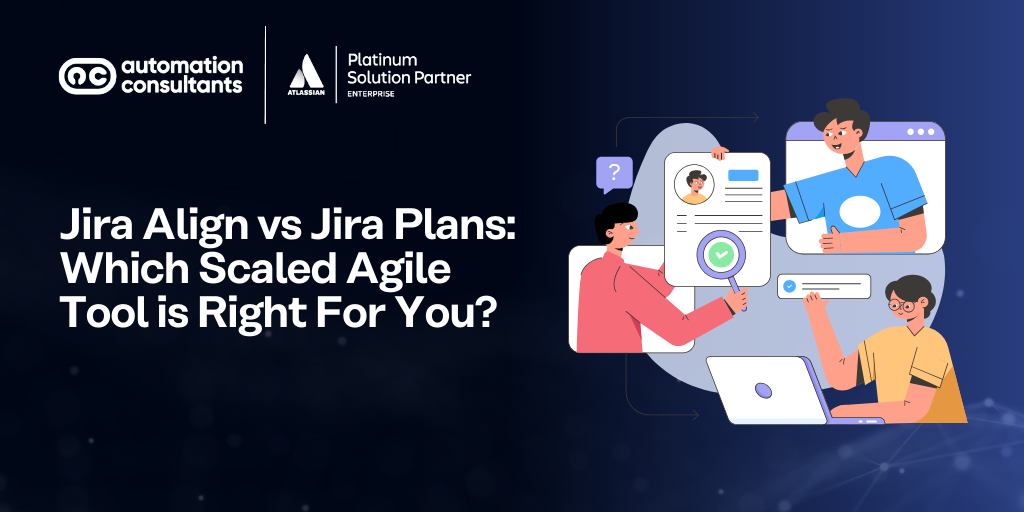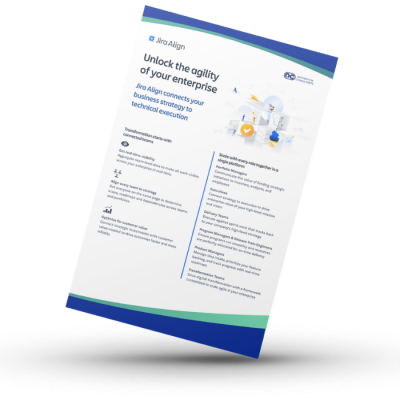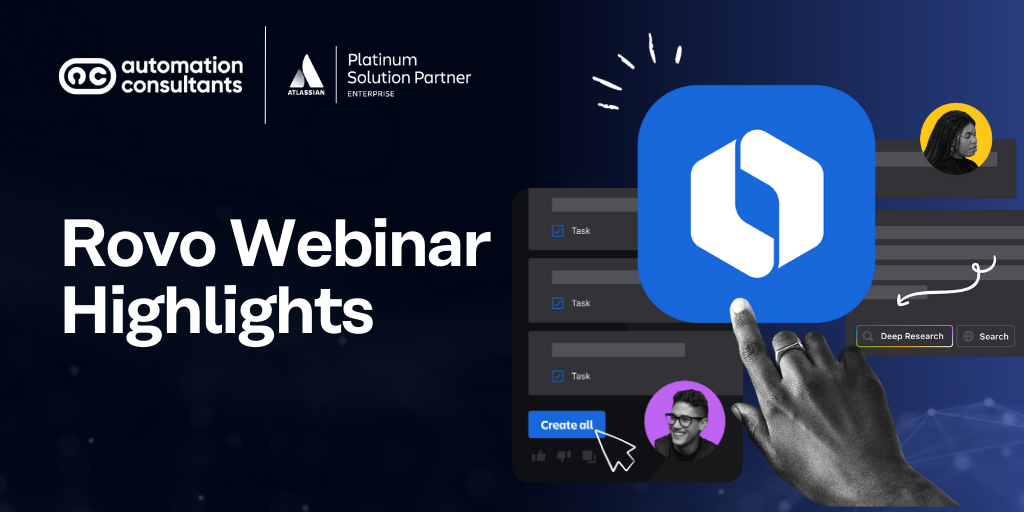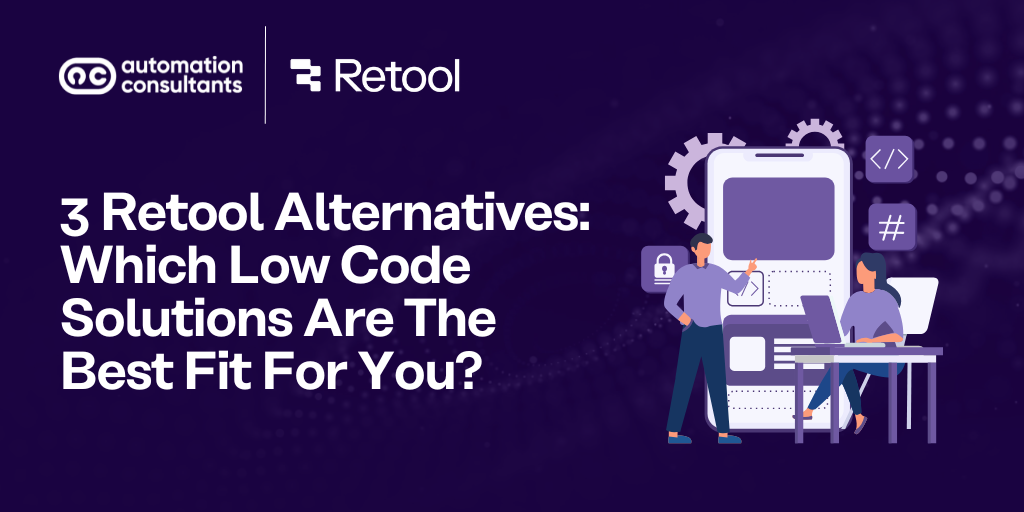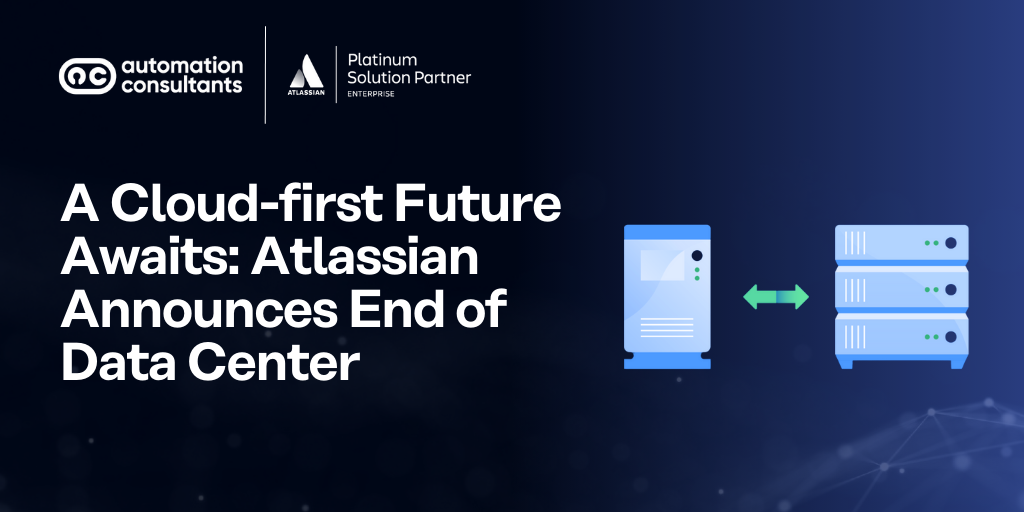At some stage in your Scaled Agile journey, you may want to improve visibility and collaboration across your organisation with additional tooling.
Many people we speak to automatically think of Atlassian’s Jira Align. After all, it’s designed to unlock enterprise planning and strategy.
There is, however, another option you could consider to support Scaled Agile.
Jira Plans, which is a feature within Jira, can address some of the same pain points as Jira Align – and for some teams, it may be a more suitable choice.
Jira Align vs Jira Plans
Both tools can enhance visibility and collaboration across Agile teams, but there are some key differences with each. Choosing which best suits your needs will depend on the size of your business, your existing tooling and the Scaled Agile framework you’ve implemented.
So, in this post, we’re going to carefully guide you through a comparison of Jira Align vs Jira Plans, to help you decide which is the right fit for your team.
Let’s begin by taking a look at both products.
Jira Align at a glance
Jira Align is a Cloud product within the Atlassian System of Work.
Formerly known as Agilecraft, Jira Align was launched in 2020. Essentially, the tool connects the work done by teams on the ground within Jira to the insights and objectives that senior management and leadership require.
Who is Jira Align for?
Billed as a tool to link enterprise strategy with execution, Jira Align is aimed at larger organisations – we’d recommend over 250 people – who need a tool to support PI planning.
Whilst Atlassian advises that Jira Align can support multiple Scaled Agile frameworks, in our experience we’ve found it best suits organisations who have already implemented SAFe. It’s a powerful tool but also has some elements of complexity, so teams may require support and training to unlock maximum value.
When do you need Jira Align?
Often, we see organisations turn to Jira Align to bring teams and work closer together following the adoption of Scaled Agile. Senior leadership may not have the visibility they want, or teams on the ground may not connect their work with organisational goals.
It’s worth noting here that breakdowns in visibility or communication are often the result of cultural challenges across an organisation. Tools like Jira Align (or Jira Plans) play a role in supporting these issues, but are no replacement for people-focused change management or Agile coaching, which take a deep look at your working environment and culture.
💡 Spotlight on Atlassian Focus: Jira Align’s new pal
Launched at Atlassian Team ‘24 Europe, Atlassian Focus is the newest tool within the Atlassian System of Work. Due to enter General Availability shortly (late Q1 2025, we believe) Atlassian Focus has been designed to complement Jira Align’s capabilities.
From Focus Area Maps to Cross Product Objectives and OKRs, Atlassian Focus strengthens your ability to link goals to your organisation’s hierarchy within Jira Align – and to view the progress of these in real-time.
We understand that, once it enters GA, Atlassian Focus will be included within Jira Align, at no extra cost.
Jira Plans at a glance
Jira Plans is a set of capabilities available in Jira Cloud Premium and Enterprise. Originally called Advanced Roadmaps, Jira Plans enables you to expand your issue hierarchy beyond epics for a higher-level view and to track work from multiple projects and teams, unlocking cross-team collaboration at the portfolio level.
Who is Jira Plans for?
Jira Plans is ideal for smaller teams. Because of its flexibility, it’s also a good fit for organisations who have implemented Scaled Agile Frameworks other than SAFe (so LeSS, Scrum @ Scale, and so on).
When do you need Jira Plans?
Teams using Jira Cloud on Premium or Enterprise plans will already have had access to Jira Plans, as it’s included within both product tiers, even if they haven’t been actively using the feature yet.
The drivers behind using Jira Plans are often similar to those behind Jira Align. Scaled Agile teams need a stronger way to collaborate, to align work goals with overarching strategy, and to provide meaningful data and visibility to senior stakeholders.
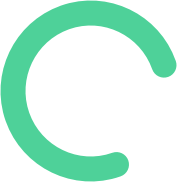
Ready to find out more?
Download our free Jira Align overview cheat-sheet to find out more about how Jira Align connects your business strategy to technical execution.Jira Align vs Jira Plans: How do you know which is right for you?
As we’ve previously referenced, Jira Align is ideally suited to larger organisations who have already embedded SAFe. Jira Plans, meanwhile, is generally a better fit for smaller organisations, or for those who require a more flexible tool to suit their chosen Scaled Agile framework (i.e. not SAFe).
But let’s tap in a little more to the pros and cons of each solution.
Jira Align: Pros
Jira Align was pretty revolutionary when it launched, offering not only a solution to the challenges of enterprise agility, but also its integration with Jira, turning work within the project management tool into clear and actionable insights for senior leadership.
As a dedicated SAFe tool, Jira Align fits readily and neatly with the relevant practices. It’s ideal for providing a level of abstraction for senior stakeholders, to ensure they know what’s happening on the ground without unnecessary granular detail.
Jira Align: Cons
Generally considered a complex tool, Jira Align adoptees tend to require training and support to realise value from the tool as quickly as possible. Now, Atlassian have taken steps to support new Jira Align users with its collection of Agile at Scale Advisory services, including a Jira Align jumpstart offering, which essentially guides organisations through a templated implementation.
If you’re unsure whether Jira Align is the best fit for your organisation, or wondering what your next steps are, talk to us. From assessing your Agile Maturity levels, to guiding you through different frameworks or tooling options, we can provide tailored recommendations to support and guide you through to Scaled Agile success.
Another consideration is the terminology used with Jira Align, and the potential for conflict with Jira terms. For example, ‘Epic’ is used in Jira for a large body of work, but is also a term used within SAFe. To get round this, we often see teams configuring different terminology across both tools. It’s a relatively small issue (another troublesome term when discussing Jira!) in isolation, but can lead to confusion when it comes to reporting or shared insights.
Essentially, whilst Jira Align is used to track, view and report on data within Jira, it was originally an external tool (AgileCraft), and this can still be somewhat felt when things like terminology overlap.
Jira Plans: Pros
One of Jira Plans’ greatest strengths is its flexibility, which enables it to support a wider range of Scaled Agile frameworks than Jira Align (which, as mentioned, we would generally only recommend to teams working within SAFe).
You can define as many plans as you want showing the same subset of issues, creating different plans for different stakeholder levels. This could be achieved by separate plans for each level, or by creating one singular plan with dynamic filters, so each stakeholder level still only sees the data they need.
Another plus point of Jira Plans is the fact that it is part of Jira, as opposed to a separate tool. This ensures that terminology and concepts remain the same, and you truly have a single source of truth.
Jira Plans: Cons
When you want a different view on your plans, it doesn’t change your underlying Jira issues – which generally tends to be a good thing, as you can play with the data or compare different scenarios within your plans without lasting impact. If you do wish to resync your changes back into Jira, you can do so.
However, the fact that your changes aren’t automatically updated in Jira can be confusing and lead to synching issues, so you need to keep an eye on them. Jira Plans also supports plan-specific and global settings, so Admins need to be clear on which settings they’ve applied.
☀️ Jira Plans in the real world
A client of ours, a leading legacy insurance acquirer, had a truly complicated project workflow set up, which wasn’t meeting their needs.
They sought a solution that would enable:
Tight collaboration between multiple different teams
Two views for senior management: One high level overview…
…and a more detailed view of the work going on and progress towards milestones
We proposed the following solution:
2 Jira projects containing high-level work items to be broken down into smaller items, and completed by different teams.
7 Jira projects representing various teams, where these high-level work items would get broken down and completed.
Jira Plans producing both high-level views, useful for timeline visualisations, and more detailed views of the client’s work portfolios.
Working closely with their team, we were able to capture all the details of this set up and build it into a neat plan using Jira Plans, resulting in stronger collaboration and improved visibility for our client.
Jira Plans vs Jira Align: The result
In truth, there’s no clear winner between Jira Plans and Jira Align, as both are powerful solutions for the right audience.
If you’re an enterprise working within SAFe, Jira Align has (literally) been designed for you. If you’re a smaller team working within a different Scaled Agile framework and seeking a little more flexibility, Jira Plans will likely meet your needs.
But before you jump straight to tooling, a word of caution. Often a core pain point for teams is that certain stakeholders fee they don’t have visibility of the things they need (or think they need…).
As we briefly mentioned earlier in this piece, tooling should never be used as a substitute for breakdowns in communication. So, before you embed new tooling or processes, first review your working culture:
Is there an environment of trust and psychological safety?
Are there clear channels of communication from the ground-up, and back again?
Have all levels within your organisation bought into Agile principles?
To truly embed Scaled Agile across your teams – and to create an environment where innovation can thrive – the answer to those three questions needs to be ‘yes’. If that’s not the case, you may need some support, from Agile Coaching to an Agile Maturity Assessment.
Then you can get started with leading Agile tooling. And the fun can really begin.
Still unsure which tool fits your Agile needs?
Schedule a free 30 minute consultation with our experts and get personalized advice for your team. Start scaling smarter today!

